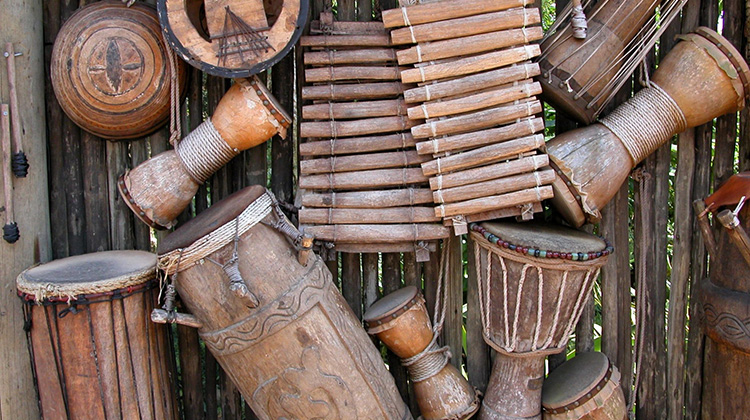Intercultural music experiences with Sound Infusion

Music production has come a long way, instruments are great but a lot of what you hear on the radio will have been put together using samples and electronic tools.
So, making music and the rich cultural exchange that the process can bring has never been more accessible and Sound Infusion brings that to students.
Sound Infusion is an online platform that enables students to create original music compositions using digital samples of instruments from around the world. It encourages inquiry-based learning and nurtures student initiative.
Some of the music very young children have arranged using the platform is impressive, Indian drumming, digeridoo, soaring vocals, mashed up and recombined delivering multiple intersectional experiences.
It’s easy to get into. Using Sound Infusion, students locate the 1,2 or 4 bar samples in a virtual library that combine easily as the music is centered around a particular pitch, and then drag them into a grid where they can be manipulated.
Some students choose to create by category, grouping like instruments together, while others layer a wider range of instrument sounds. With over seventy countries and thousands of samples to choose from, there are a lot of possibilities.
By interacting with the site students touch on the Humanities and Social Sciences as well as the General Capabilities of Intercultural Understanding, Critical and Creative Thinking and ICT Capability so the platform allows students to explore a range of curriculum priorities that can be folded into integrated learning activities.
“Music is a universal language that can transcend cultural and physical boundaries. Many countries preserve traditions through song and dance in ways that can be shared with others.
“A performing arts teacher seeking to include a diversity of music could: encourage students to share music from their background, include a live incursion or excursion performance, seek out music, repertoire and games from YouTube and Spotify or teach culturally diverse songs, dances and games,” says Nisha Feik from Cultural Infusion, a provider of intercultural education programs, who are rolling out Sound Infusion. They are looking for a total of five pilot schools who will get one class of students free for 12 months.
“Cultural Infusion’s approach to blended learning involves combining our presenters, lesson plans, professional development and online resources to facilitate intercultural understanding rather than a one-off multicultural experience.”
Classes of students are onboarded either through google classroom or importing class lists in a CSV file, e.g. from Compass. Teachers can demonstrate the program to the entire class by projecting it to a digital screen before students log in using a password on their laptops.
They can then use one of the fifty lesson plans (ten for each school level) to engage students or allow them to explore and present music using their own ideas. Teachers also can create collaboration groups on the website and visit to monitor progress.
“Ideally, schools would book a presenter to gain an inspiring live experience, then follow up with one of the stand-alone lesson plans featuring the same culture and then engage with instruments from around the world using the online Sound Infusion platform as a unit of work in the classroom.
“In this way, students would be more likely to develop the Australian Curriculum, Assessment and Reporting Authority Intercultural Understanding general capabilities of “reflecting on intercultural experiences” and “taking responsibility, and interacting and empathizing with others”.
“Encountering such a large collection of traditional instruments from diverse cultures will result in students becoming more curious about the wider community and world. Beginning with shared stories from classmates, they will gradually open their horizons, instilling a sense of empathy as well.
“Last year I was a performing arts teacher at Alphington Primary School, and used Sound Infusion both in the classroom and remotely during lockdowns," says Feik.
“I am working full time at Cultural Infusion as Education Strategist this year, but have taught performing arts for over 30 years in schools. My favorite lesson plans to use from Sound Infusion are the Treasure Hunts for years 3 and 4, or 5 and 6. Students loved to look at the instruments on the world map, find instruments in particular categories, then use these instruments in their own arrangements in the Studio. Each class would spend about 4 lessons completing and sharing tasks. During these classes there would often be interesting cultural information shared from families about traditions and music.”